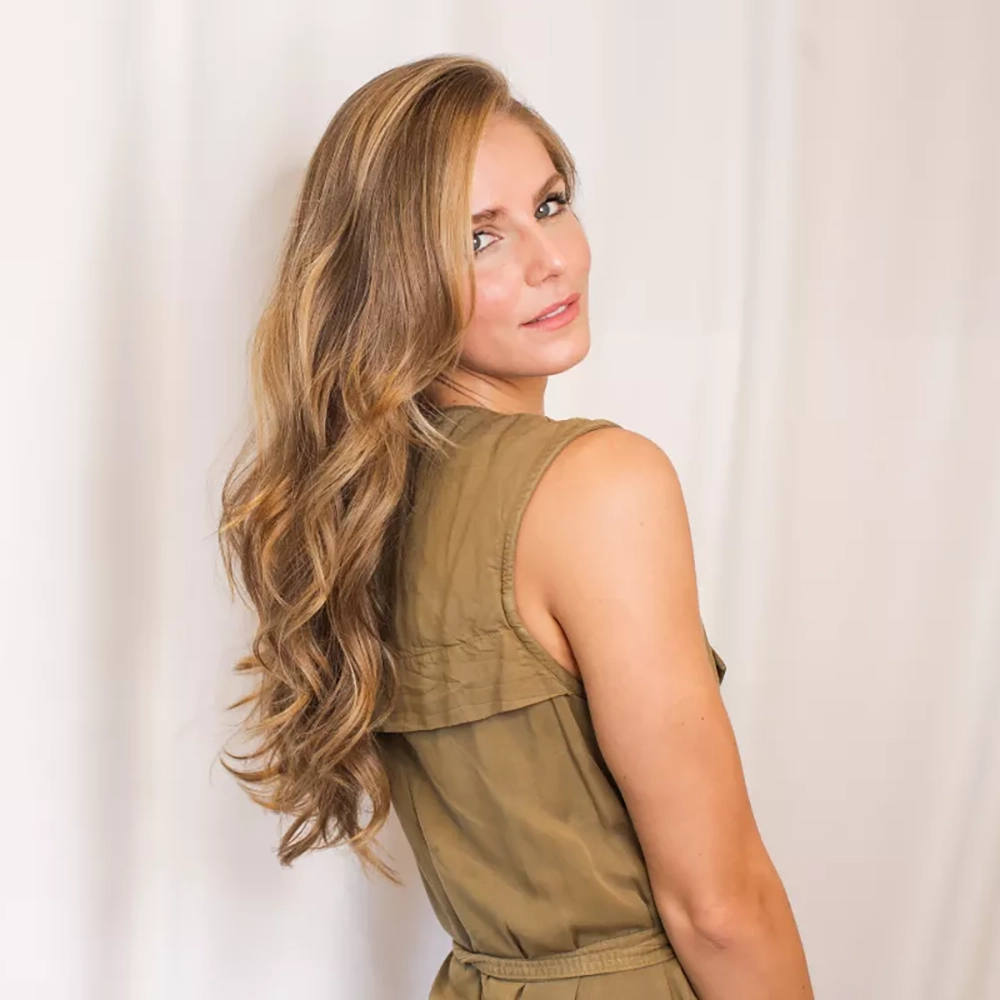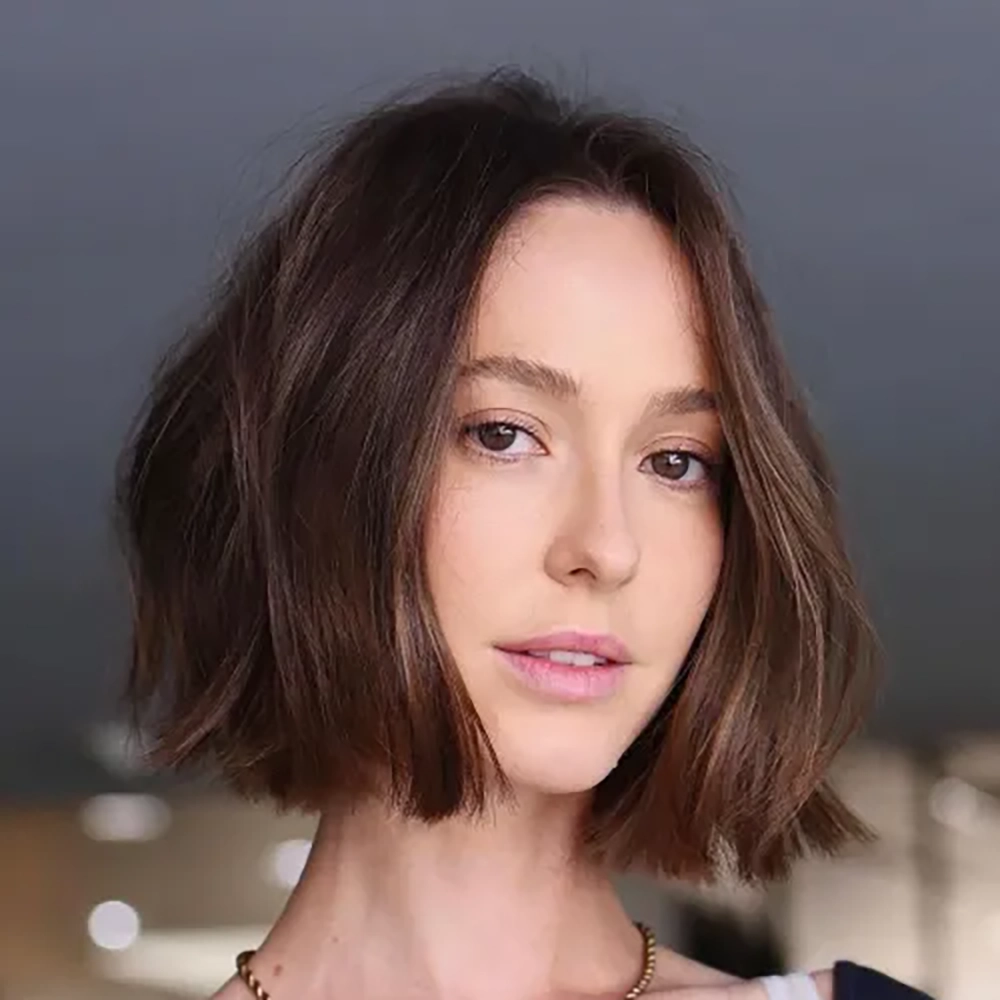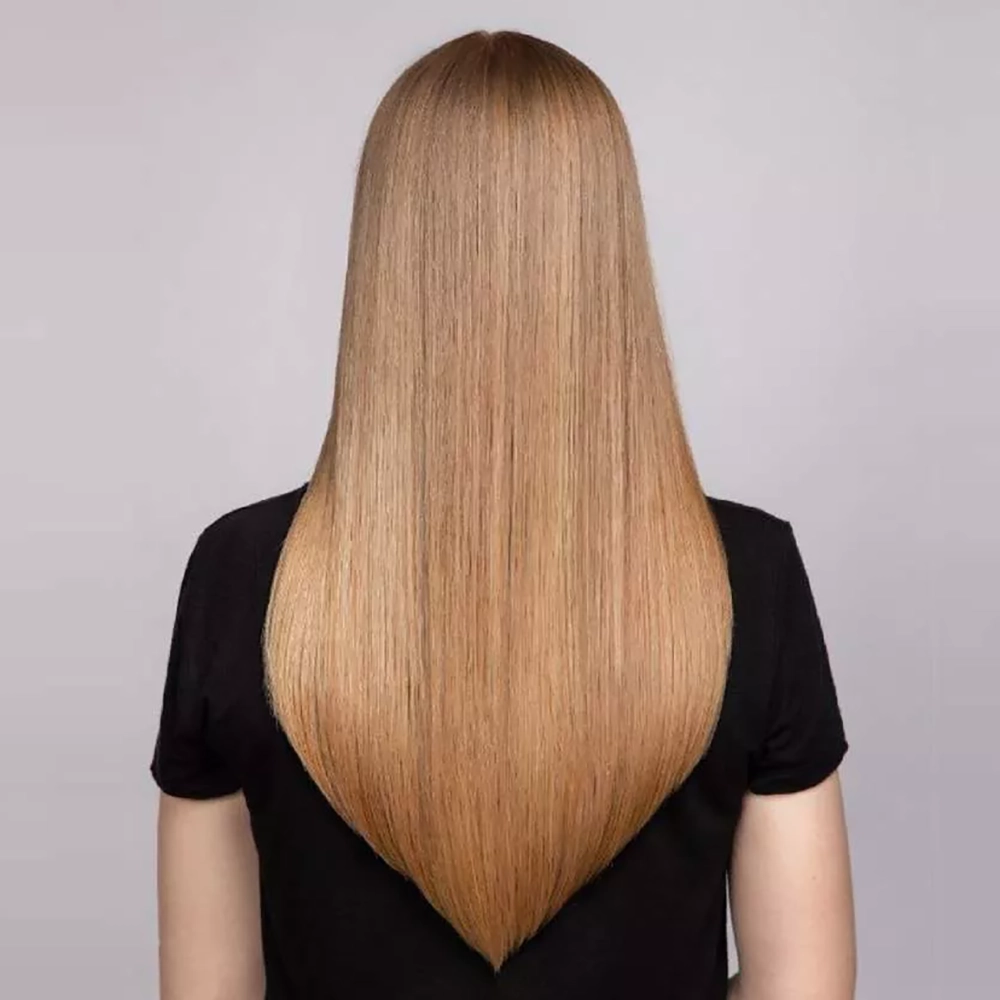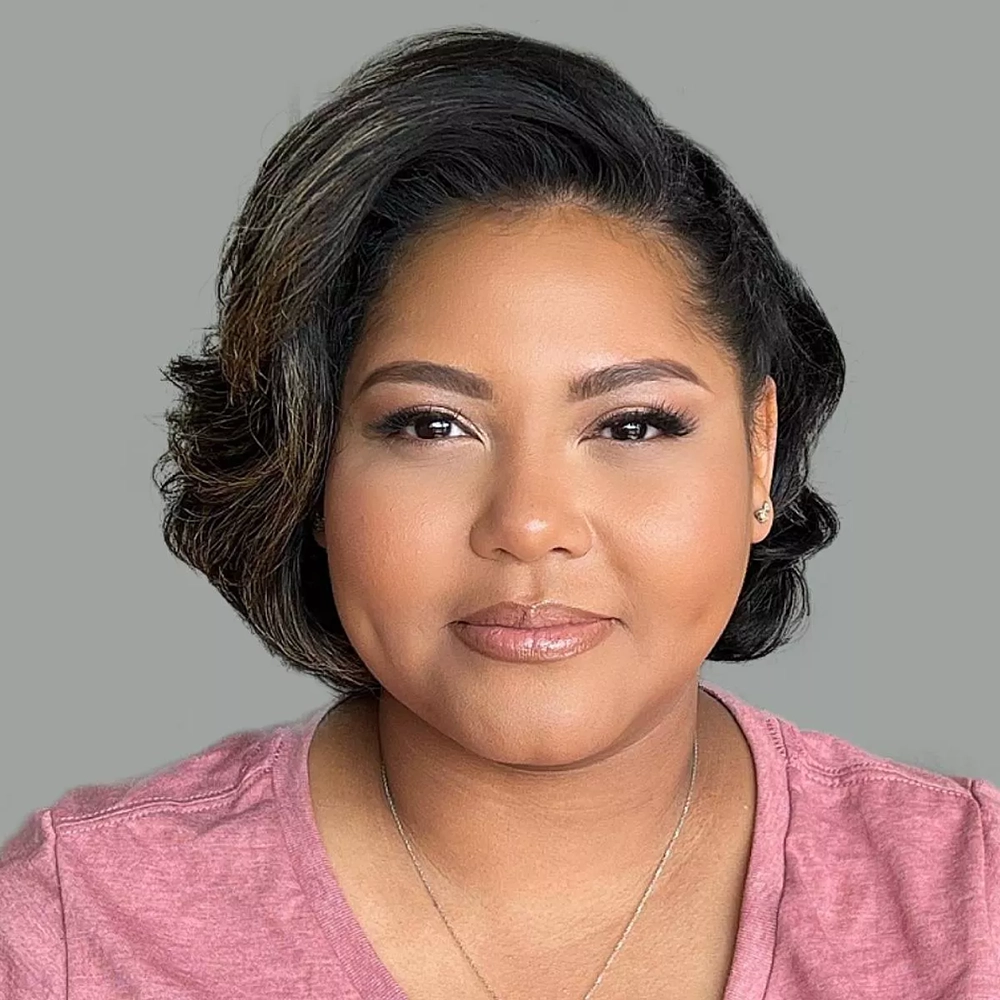Understanding hair loss and its causes
Hair loss, also known as alopecia, is a common condition that affects both men and women. It can result in thinning hair or even complete baldness. While aging is a natural cause of hair loss, there are several other factors that contribute to this condition. In order to effectively manage hair loss, it is crucial to understand its causes and take appropriate measures.
Genetics:
One of the primary causes of hair loss is genetics. If you have a family history of baldness, chances are that you may experience hair loss as well. This type of hair loss, known as androgenetic alopecia, is hereditary and can be passed down through generations. The condition is characterized by a gradual thinning of hair, usually starting from the crown or hairline.
Hormonal Imbalances:
Imbalances in hormones can also play a significant role in hair loss. Both men and women have hormones like testosterone and estrogen, but when these hormones become imbalanced, it can lead to conditions such as male pattern baldness or female pattern hair loss. Hormonal changes that occur during pregnancy, menopause, or certain medical conditions can also trigger hair loss.
Medical Conditions:
Various medical conditions can contribute to hair loss. For instance, conditions like thyroid disorders, scalp infections, and autoimmune diseases can disrupt the normal hair growth cycle and lead to excessive shedding. Additionally, certain medications used to treat diseases like cancer or arthritis can also cause hair loss as a side effect.
Lifestyle Factors:
While genetics and medical conditions may play a significant role in hair loss, certain lifestyle factors can exacerbate the condition. Poor nutrition, unhealthy habits like smoking, excessive stress, and harsh hair treatments can all contribute to hair loss. By making positive changes in these areas, individuals can potentially slow down or prevent hair loss.
In Conclusion:
Understanding the causes of hair loss is the first step towards managing the condition effectively. Whether it is due to genetic predisposition, hormonal imbalances, medical conditions, or lifestyle factors, taking appropriate measures can help slow down the progression of hair loss and promote healthy hair growth. It is important to consult with a healthcare professional or a trichologist to determine the underlying cause of hair loss and devise a personalized treatment plan.
Exploring the connection between hair length and hair loss
When it comes to hair loss, there are several factors that can contribute to this common issue. And one of these factors is the length of your hair. Many people often wonder if there is a connection between hair length and hair loss. In this blog post, we will explore this connection and shed light on the impact that hair length can have on hair loss.
Firstly, it is important to understand that hair loss is a natural part of the hair growth cycle. On average, a person loses about 50 to 100 hairs per day. This is considered normal and is replaced by new hair growth. However, when hair loss exceeds this normal range, it can be a cause for concern. Various factors such as genetics, hormonal changes, nutritional deficiencies, and certain medical conditions can contribute to excessive hair loss.
Now, let’s delve into the connection between hair length and hair loss. While hair length itself does not directly cause hair loss, it can affect the perception of hair volume. Longer hair tends to have more weight, which can make the hair appear thicker. On the other hand, shorter hair often gives the illusion of less volume. Therefore, individuals with longer hair may notice hair loss more easily compared to those with shorter hair. However, it is important to note that this is simply a visual effect and not an actual cause of hair loss.
When dealing with hair loss, choosing the right hairstyle can play a significant role. While short hair may not prevent or stop hair loss, it can make the hair appear fuller and thicker. This is because shorter hair is lighter and does not weigh down the scalp. Additionally, shorter hairstyles make it easier to conceal areas of thinning hair or bald patches. So, opting for a shorter haircut can be a great way to manage the visual effects of hair loss.
In conclusion, there is a visual connection between hair length and hair loss. While longer hair can make hair loss more apparent, it does not directly cause hair loss. Choosing a shorter hairstyle can be a practical and effective way to manage the appearance of thinning hair. Remember that hair loss is a complex issue, and it is always advisable to consult with a healthcare professional or a trichologist for a proper diagnosis and personalized advice on managing your hair loss.
How short hair can help manage hair loss
When it comes to dealing with hair loss, one of the options that often gets overlooked is opting for a short hairstyle. While many may assume that having shorter hair would draw more attention to thinning or receding hair, the truth is quite the opposite. Short hair can actually be a practical and effective solution for managing hair loss. It not only helps to minimize the appearance of thinning hair but also offers a range of benefits that can contribute to improving the overall health of your scalp and hair.
Firstly, shorter hairstyles create an illusion of volume, making the hair appear fuller and thicker. By cutting your hair shorter, you decrease the weight of the hair, which in turn adds more lift and body. This extra volume helps to create the appearance of denser hair, camouflaging any areas of thinning or hair loss. Additionally, short hair tends to be less prone to breakage and damage, as it is not subjected to frequent tugging, brushing, or styling, which can weaken the hair shaft and lead to increased hair loss.
Secondly, shorter haircuts can be easier to manage and style, which is particularly beneficial for individuals experiencing hair loss. While longer hair requires more time and effort to care for and style, short haircuts offer convenience and simplicity. You can spend less time on styling and focus on implementing other strategies to manage hair loss, such as incorporating nourishing hair treatments or adjusting your diet to include hair-healthy nutrients. This way, you can address hair loss from various angles, supplementing your short haircut with a holistic approach to improve the overall condition and strength of your hair.
Furthermore, opting for a short hairstyle can significantly boost your confidence and self-esteem. Many individuals who experience hair loss often struggle with feelings of insecurity and self-consciousness. However, by embracing a shorter haircut, you can regain a sense of control over your appearance and enhance your self-image. Short haircuts can be fashionable, versatile, and empowering, allowing you to express your personal style while managing hair loss.
- Improved volume: Shorter hairstyles create an illusion of fuller, thicker hair by adding volume and lift.
- Easier management: Short haircuts are generally easier and quicker to style, requiring less maintenance and reducing the risk of hair damage.
- Boosted confidence: Embracing a short hairstyle can help individuals regain confidence and overcome feelings of self-consciousness associated with hair loss.
In conclusion, opting for a short haircut can be a practical and effective way to manage hair loss. Short hair offers the illusion of more volume, making the hair appear thicker and fuller. It also provides ease of management, allowing individuals to focus on implementing other hair loss strategies. Moreover, short haircuts can empower individuals, boosting their confidence and helping them to embrace their unique style. So, if you’re experiencing hair loss, consider exploring the world of short hairstyles and discover the benefits they can offer in managing hair loss.
The impact of short hairstyles on hair volume
Short hairstyles have become increasingly popular as more and more people are embracing a shorter and more manageable look. However, one concern that often arises when considering a short hairstyle is the impact it may have on hair volume. Many people worry that cutting their hair short will result in thinner and less voluminous hair. In reality, the relationship between short hairstyles and hair volume is complex and can vary depending on a variety of factors.
Firstly, it’s important to understand that hair volume is influenced by various factors such as genetics, hair type, and lifestyle factors. Some individuals naturally have thicker hair, while others have finer or thinner hair. Additionally, certain medical conditions, hormonal changes, and aging can also contribute to changes in hair volume. Therefore, it’s important to keep in mind that the impact of a short hairstyle on hair volume may differ from person to person.
That being said, there are a few general observations that can be made about the impact of short hairstyles on hair volume. In some cases, cutting hair shorter can actually create the illusion of more volume. This is because shorter hair tends to stand up and away from the scalp, giving the appearance of added fullness. Additionally, shorter hair is often easier to style and can hold shape and volume more effectively than longer hair.
- Choosing the right short haircut for hair loss: When considering a short hairstyle, it’s important to choose a cut that works well with your hair type and individual hair loss pattern. Consulting with a professional hairstylist who specializes in hair loss can be beneficial in finding a style that suits your needs and enhances volume.
- Using volumizing products: Utilizing volumizing shampoos, conditioners, and styling products can help add temporary volume and texture to short hair. These products often contain ingredients that coat the hair shaft, making it appear thicker and fuller.
- Adding layers: Layering short hair can create the illusion of more volume. By strategically cutting shorter layers throughout the hair, the overall appearance of thickness can be enhanced.
| Hairstyle | Impact on Hair Volume |
|---|---|
| Pixie Cut | Can create the illusion of more volume due to shorter length and strategic cutting techniques. |
| Bob Cut | Can provide a balance between short and long hair, allowing for versatility in styling and the potential to add volume. |
| Cropped Cut | Tends to offer a sleek and polished look, which may give the illusion of less volume. However, proper styling techniques can enhance volume. |
In conclusion, the impact of short hairstyles on hair volume varies from person to person, depending on individual factors such as hair type, genetics, and styling techniques. While cutting hair shorter can create the illusion of more volume, it’s important to choose a cut that suits your individual hair loss pattern. Additionally, utilizing volumizing products and adding layers can help enhance volume in short hair. Overall, short hairstyles can be a fantastic choice for managing hair loss while still maintaining a stylish and modern look.
The role of scalp health in reducing hair loss
When it comes to hair loss, many people often focus on treatments and remedies that target the hair itself. However, what some fail to realize is that the health of the scalp plays a crucial role in preventing and reducing hair loss. A healthy scalp provides the necessary environment for hair follicles to thrive and produce strong, healthy hair strands.
One of the main causes of hair loss is poor scalp health. Conditions such as dandruff, seborrheic dermatitis, and scalp infections can disrupt the normal functioning of the hair follicles, leading to hair loss. In addition, an unhealthy scalp can also cause excessive oiliness or dryness, both of which can contribute to hair thinning and shedding.
So, how can you improve your scalp health to reduce hair loss? Firstly, it is important to maintain a clean scalp. Regularly washing your hair with a gentle shampoo can help remove dirt, excess oil, and product buildup that can clog the hair follicles and prevent proper hair growth. However, be careful not to overwash, as this can strip the scalp of its natural oils and cause dryness.
- Use a moisturizing conditioner after shampooing to keep the scalp hydrated and prevent dryness. Look for conditioners that contain ingredients like aloe vera or jojoba oil, which are known for their moisturizing properties.
- Avoid using harsh hair products that contain sulfates, parabens, and other harmful chemicals. These can irritate the scalp and worsen conditions like dandruff or dermatitis.
- Maintain a balanced diet that includes essential vitamins and minerals for healthy hair growth. Foods rich in omega-3 fatty acids, vitamin E, and biotin can promote scalp health and reduce hair loss.
In addition to these tips, it is also important to avoid excessive heat styling, as high temperatures can damage the hair follicles and lead to hair breakage and loss. Protect your scalp from sun damage by wearing a hat or using a sunscreen specifically designed for the scalp.
| Beneficial Ingredients for Scalp Health: |
|---|
| Tea tree oil: Known for its antifungal and antibacterial properties, tea tree oil can help treat scalp conditions and reduce inflammation. |
| Peppermint oil: Stimulates blood circulation in the scalp, promoting hair growth and improving scalp health. |
| Coconut oil: Provides deep hydration to the scalp and helps prevent dryness and itchiness. |
In conclusion, maintaining a healthy scalp is essential for reducing hair loss. By following these tips and incorporating scalp-friendly ingredients into your hair care routine, you can create an optimal environment for hair growth and minimize the risk of hair loss. Remember, a healthy scalp equals healthy hair!
Tips for choosing the right short haircut for hair loss
Choosing the right short haircut for hair loss can be a daunting task, but it is crucial to find a style that works best for you. Hair loss can be caused by various factors such as genetics, hormonal imbalances, stress, and certain medical conditions. However, finding the right haircut can help boost your confidence and make it easier to manage your hair. Here are some tips to consider when choosing a short haircut for hair loss:
1. Understand Your Hair Type: Before choosing a short haircut, it is important to understand your hair type. Different hair types require different cuts and styles. If you have thinning hair or a receding hairline, opting for a layered haircut can create an illusion of volume and thickness. On the other hand, if your hair is prone to frizz or is coarse, a shorter length can help control the texture.
2. Consult with a Professional Stylist: When dealing with hair loss, seeking advice from a professional stylist is highly recommended. They can assess your hair condition and provide recommendations based on your individual needs. A stylist experienced in working with thinning hair can suggest suitable short haircuts that complement your facial features and hair texture.
3. Consider Your Face Shape: Your face shape plays a significant role in determining the most suitable short haircut. Oval, round, square, heart, or diamond-shaped faces all have different requirements when it comes to haircuts. For example, individuals with a round face shape may benefit from a short pixie cut as it can help create a more angular appearance. In contrast, those with an oval face shape can experiment with various short hairstyles as they tend to have more versatility.
4. Embrace Texture: Adding texture to your short haircut can give the illusion of thicker and fuller hair. Talk to your stylist about incorporating techniques such as layering, razor cutting, or texturizing to enhance your hair’s natural texture. These techniques can help add movement and volume, making your hair appear fuller and healthier.
5. Be Open to Change: Embracing a shorter haircut can be a big change, especially if you have been used to longer locks. However, it is important to keep an open mind and be willing to try new styles. Sometimes, taking a risk and venturing out of your comfort zone can lead to discovering a haircut that suits you perfectly and boosts your confidence.
- Conclusion:
In conclusion, choosing the right short haircut for hair loss requires careful consideration of your hair type, face shape, and personal preferences. Consulting with a professional stylist can provide valuable insights and guidance in finding a style that suits you best. Embracing texture and being open to change are also essential in achieving a short haircut that helps manage hair loss and boosts your confidence. Remember, there are plenty of options available, so don’t be afraid to explore and experiment until you find the perfect short haircut for you.
Other strategies to complement short haircuts in managing hair loss
When it comes to managing hair loss, there are various strategies that can be employed in addition to opting for a short haircut. While a short haircut can certainly help in managing hair loss, there are other complementary approaches that can be taken to further enhance the overall look and feel of the hair. These strategies can include the use of hair products, scalp treatments, and lifestyle changes that promote hair health and minimize hair loss.
One effective strategy to complement short haircuts in managing hair loss is the use of specialized hair products. There are numerous hair care products available in the market that are specifically designed to promote hair growth and reduce hair loss. These products typically contain ingredients such as biotin, keratin, and essential oils that nourish the hair follicles and strengthen the hair strands. By incorporating these products into your hair care routine, you can enhance the effectiveness of your short haircut in managing hair loss.
In addition to using specialized hair products, incorporating scalp treatments into your hair care routine can also be beneficial in managing hair loss. A healthy scalp is essential for promoting hair growth and preventing hair loss. Scalp treatments such as scalp massages, exfoliation, and the use of scalp serums can improve blood circulation to the hair follicles, remove excess oil and buildup, and provide nourishment to the scalp. By maintaining a healthy scalp, you can further support the growth and health of your hair, making it an ideal complement to your short haircut.
| List of Strategies: |
|---|
| 1. Use specialized hair products |
| 2. Incorporate scalp treatments |
| 3. Embrace a healthy lifestyle |
| 4. Seek professional advice |
Adopting a healthy lifestyle is another important strategy to complement short haircuts in managing hair loss. This includes maintaining a balanced diet, getting regular exercise, managing stress levels, and avoiding harmful habits such as smoking. A healthy body contributes to healthy hair, and by nourishing your body with the right nutrients, maintaining an active lifestyle, and taking steps to reduce stress, you can promote hair growth and minimize hair loss.
Finally, seeking professional advice from a dermatologist or trichologist can provide valuable insights and guidance in managing hair loss. These experts can assess your specific hair loss situation and recommend personalized strategies and treatments that complement your short haircut. They may suggest additional therapies such as laser treatments or medication that can further promote hair growth and reduce hair loss. Consulting a professional can enhance your journey in managing hair loss and ensure that you are on the right track.




































